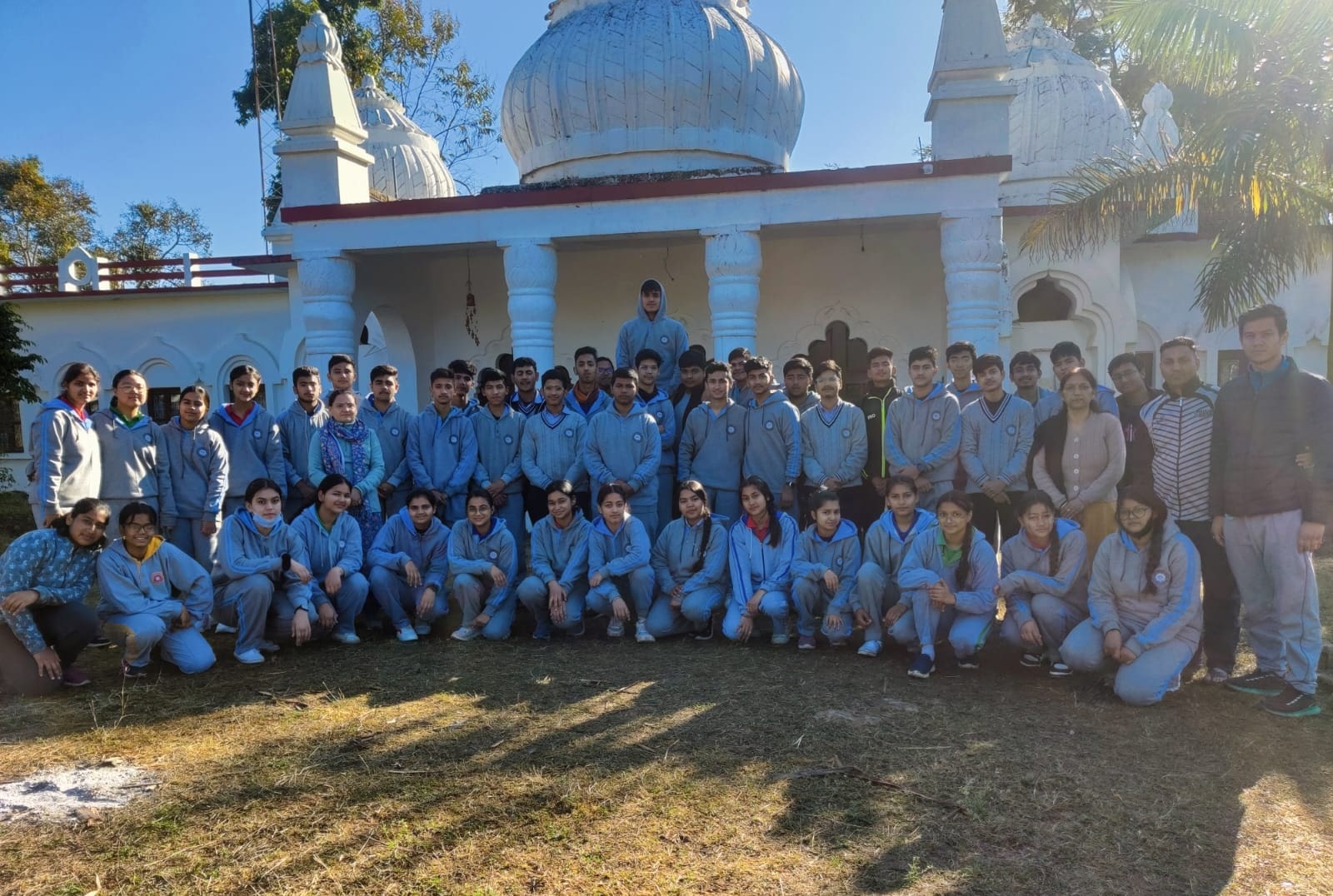Life At Anghaila Hills
Life at Anghaila Hills, a premier CBSE Senior Secondary School, is vibrant and enriching. The school fosters a balanced approach to academics, extracurricular activities, and personality development.
A Day at Anghaila Hills
A day at Anghaila begins early, by 5:30 am, with either a session of yoga and exercise or with engagements such as bird-watching or walking. The kitchen comes to operation with staff, students and parent volunteers working to get breakfast ready by 8:00 am. Everyone, young and old, will be a part of this process.
The assembly that follows will be the time for singing, presentations and listening. This is the time when the entire community comes together. Classes begin at 9:00 am shortly after assembly. The day is a combination of academics and activities such as pottery, art, craft and land work. Post-lunch session during major part of the week is occupied by various projects on varied schemes chosen by the teachers entrusted with the job. Late afternoons will be time for games, exercise and other boisterous activities. Dinner marks the beginning of a quiet period of study. All would be quiet by 10 pm.
The Child
It is our responsibility at the Anghaila to sow a golden seed in the personality of each of our pupil right from the moment the child becomes a part of this learning community. As part of an intellectually empowering environment, every child is constantly given to handle the twin aspects of rights and responsibilities. The learning environment has been designed such that the growing individual is able to preserve innocence and experience simultaneously. In keeping with the motto of the community, a constant endeavour of every educator is to instill the right attitude in young minds so that the learning curve is ever ascending.. We are working on the fundamentals that our boys and girls feel motivated and empowered to undertake personal, familial, and social responsibilities with enthusiasm. In short, learning becomes a lifelong companion to the art that living is!


Role of Parents
We consider our parents to be our partners in our endeavor to propagate meaningful education for social change. We firmly believe that the parents and teachers need to work in tandem for the successful accomplishment of the goals of the child’s cognitive, affective and spiritual development. Exchange of information and feedback are considered essential. We have evolved a mechanism of personal interaction with parents periodically and a continuous exchange of views through telecommunication and internet. This is important because the parents can contribute in setting right the weak points and building on the strong points of the child. Through this mechanism the educators and parents learn from each other’s insights about the child’s progress.
Role of the Teacher
We do not believe that it is only adults who have something to transmit from their prior learning to children who are learning for the first time. Our methodology springs from the socio- constructivist approach in education. Our processes are such that the adult may be a facilitator, but both the adult and child are designated as learners.


Extracurricular Activities
At Manava Bharti School Anghaila Hills, students are evaluated on the basis of their willingness to learn and the efforts they make to reach their goals. Based on a comprehensive evaluation system, evaluation is a combined effort on the part of the teachers, the parents and the students to better understand the learning experiences for each student. Processes of learning and the relationships that students create while learning are accorded high significance. Students are usually not compared with each other.
Cultural and Sports activities
Anghaila Hills emphasize a well-rounded education by integrating cultural and sports activities into their curriculum. These activities help students develop teamwork, leadership, and creativity while maintaining physical and mental well-being. From Annual festivals and celebrations showcasing local traditions to Yoga and meditation sessions for mental well-being









